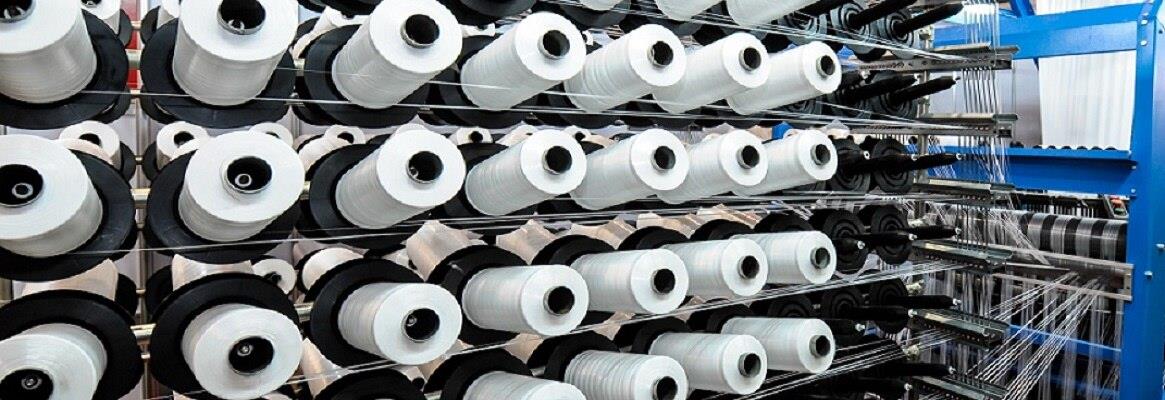The new India is all poised to grow to a $5 trillion economy and the Indian textiles sector is gearing up to become a $190 billion industry by 2025-26.
With India becoming the hub of unicorns, Prime Minister has declared celebration of January 16 as a Startup Day. Subsequently, the country’s finance minister has unveiled loads of benefits for these Startups in the Budget session of the Parliament this year.
The youth of new India is overwhelmed with the success stories of the Startups in the tech arena. The valuations of tech-based startups have astonished the old school capitalists and understanding the number game of these budding entrepreneurs is a complex weave in itself.
But haven’t we noticed that no one in the power corridors of Delhi or plush corporate offices in Mumbai is talking about a real tech-based innovation in textiles? While we are gripped with words like EVs and FinTech, our counterparts in the West have started evolving in the TexTech – a technology driven startup in the textile industry.
The Ministry of Textiles in India has a massive outlayavailable for technical textiles. The reason is that everybody thinks we Indians have missed the boat when others were developing technical textiles. Well, it’s true to a great extent because we sure did not start the nonwoven trend when others were needlepunching and spunlacing their way to such a fabric. We indeed had tyre cord and filtration since decades, but the buzzword for technical textiles or TechTex has been nonwoven.
Today, with the Indian government is offering variousschemesfor technology development in textiles and an endless list of supportsfor techstartups, we might as well catch the plane of TexTech rather thanlament overthe boat we missed of TechTex.
Let me decipher here a bit:
TechTex = Technical Textiles (nonwoven, filter fabric,automotive fabric, etc)
TexTech = Textile Technology (using AI or data analytics, etcin textile applications)
What really is TexTech?
Well, in simple terms, we can call them as smart garments where either the fibres or yarn are somewhat connected to sensor or the yarn itself is blended with flexile electricity generating circuits.
We may use more fancy words to make clothing high tech, but the endgame here is the product is either collecting and disseminating data or the product itself adopts to the users’ needs. For example, a smart garment where a sportsperson or a cardiac patient is monitored for the vitals, or a smart garment where a disabled person can be assisted in his movements. The list of what we can do smartly will keep on expanding as the world innovates.
But smart is not the only innovation on the turf. There are technology companies which claim to have developed processes to recycle textiles, either at the fibre level, which several well-known companies like Reliance Industries, Toray, and DuPont have been doing since ages. Then, there are also companies that are into processing of recycled garments. To list a few, we have this US-based Ambercycle, which converts waste textiles to garments, and then the Sweden-based Renewcell, which not only recycles textile wastes, but also provides the technology licenses to others.
This whole new ideology of circular economy is very amusing and the textile industry can take maximum benefit out of it. But here I am more focusing on the tech part of the evolution where the buzzword is SMART rather than RECYCLE.
Why do we need TexTech?
We have smart phones and smart watches, which are now integral part of our lives. Thanks to Google and Alexa, our homes are smart as well. With Industry 4.0 making rounds, our factories are getting smart too. So, it is high time that we start thinking of making our clothes also equally smart.
There are a handful of companies who have initiated the development of fabric which will sense and analyse the data of the user of that fabric. A Canadian startup Myant has developed a knit sensor for our everyday textiles to track body vitals and other parameters.
Another company is MesoMat, which makes electronic circuits using highly durable fibre. These circuit boards are flexible and stretchable, thus making it one of the smartest InduTech fabric.
The Dutch company Elitac produces wearables that assist people with balance disorders and haptic feedback shirts for neurosurgeons, and haptic navigation belts for soldiers.
One other Finnish company named EHO Textiles is developing wearables for people with movement disabilities, in such a way that the fabric that can detect motion and improve exercise and rehabilitation processes.
India also has its homegrown startup by the name Nyokas, led by a team of young enthusiasts, who are developing smart garments for the Indian defence sector as well as for people’s self-defence. They are developing a garment which will sense and analyse and also alert others whenever required. So either you are fighting at the border or with your neighborhood hooligans, a smart garment is definitely salutary.
And finally, there is Reshamandi, also a tech startup, which is not into smart garments, but involved in digitising the supply chain right from farmer to the entire process of yarn making.
So, whether it is managing your personal climate through your second skin, or gathering your internal vitals for a lab to analyse or even for your cardiologist to monitor your heart health, the smart garments will pave the way for future. Amalgamating Tech into Textiles is the need of the hour. Keep watching this site for my next article where I will discuss the challenges like maintaining or washing such a fabric, and the cost factor.








Comments